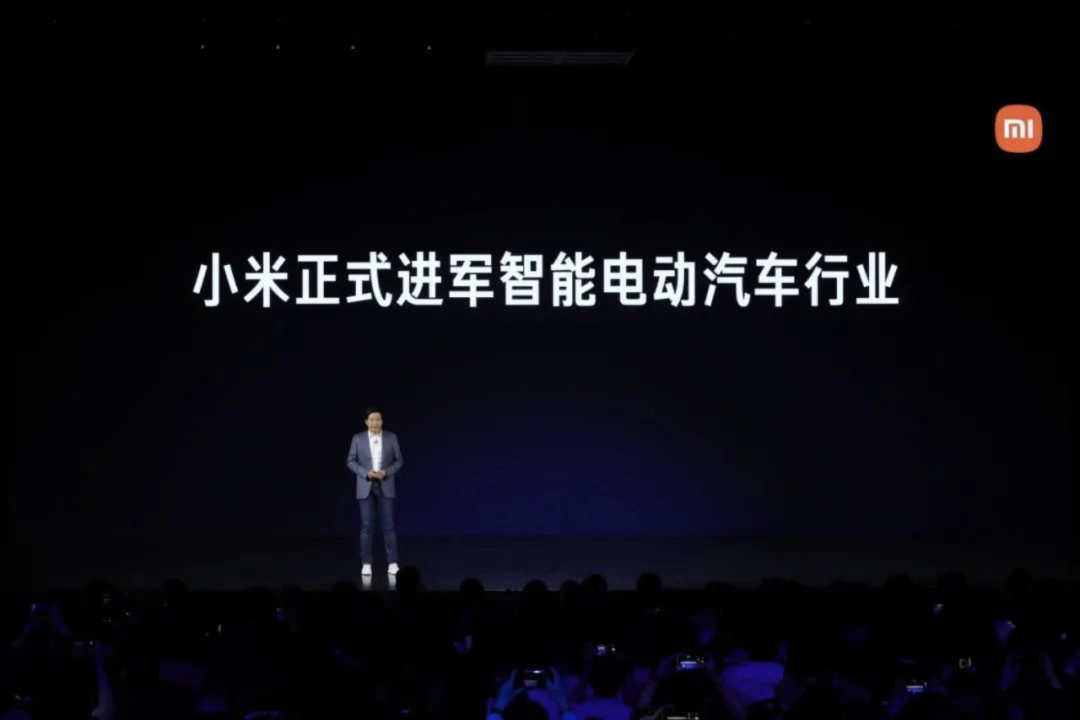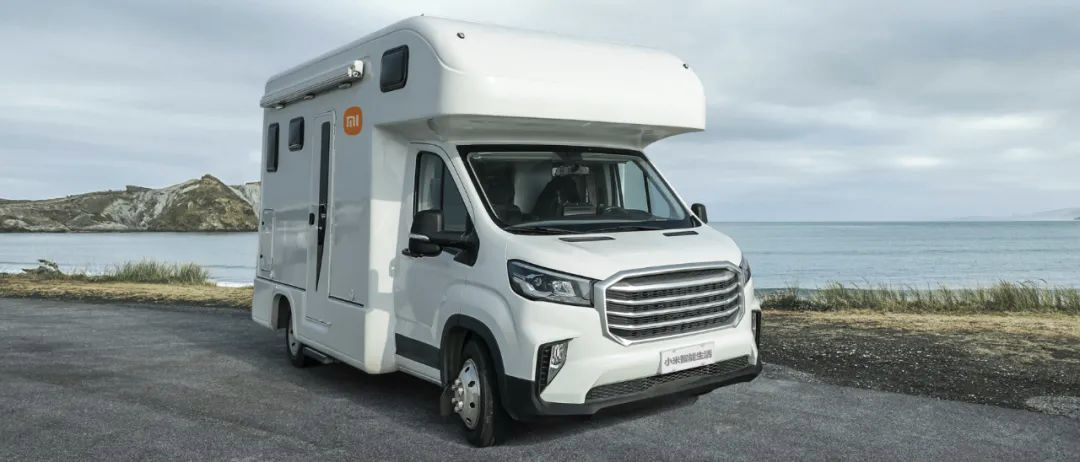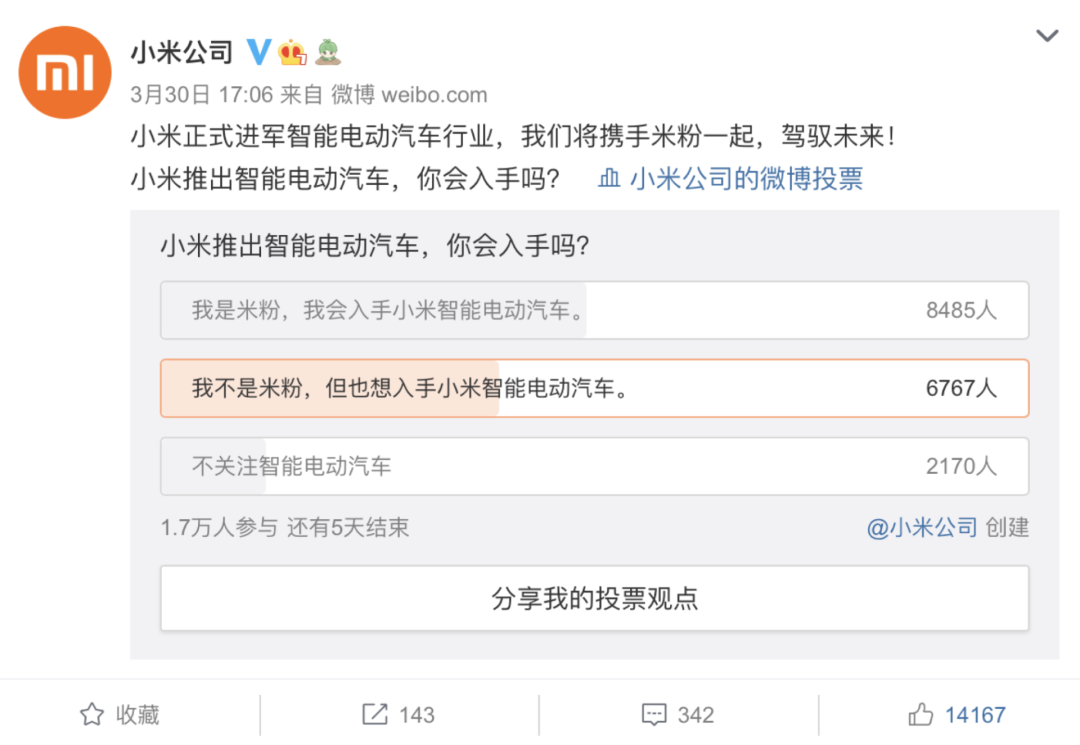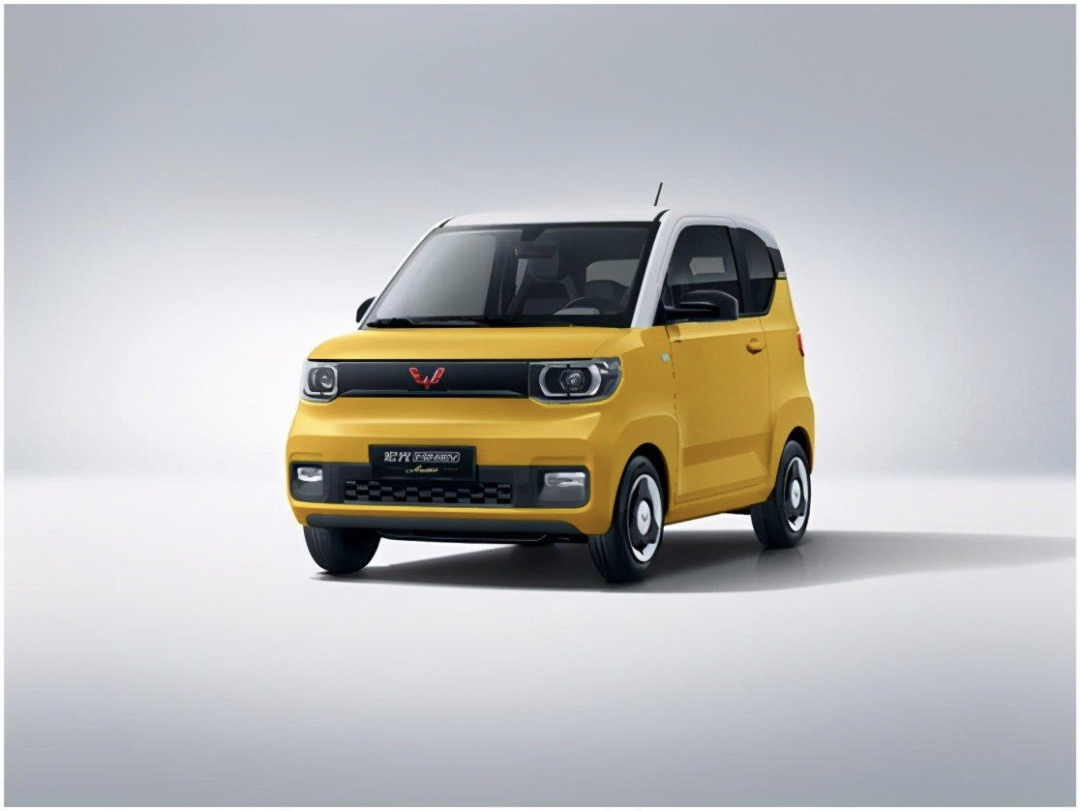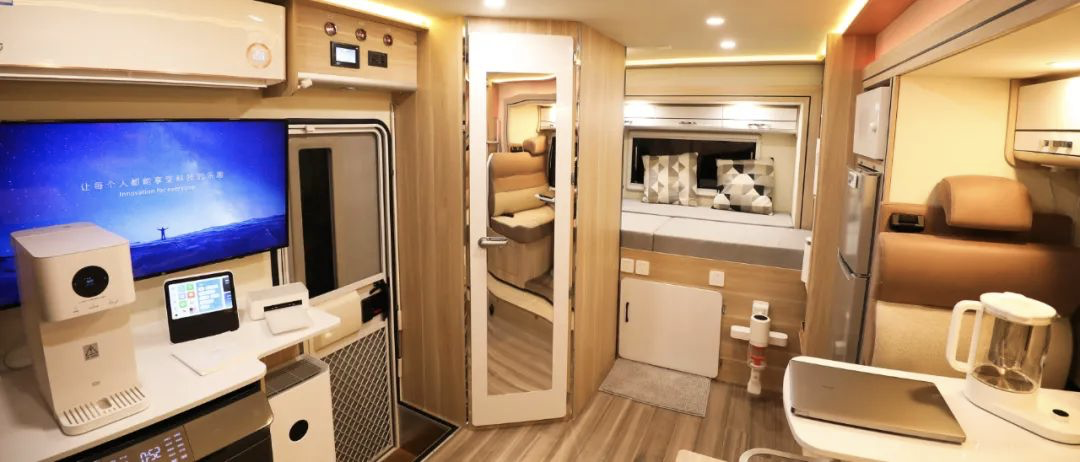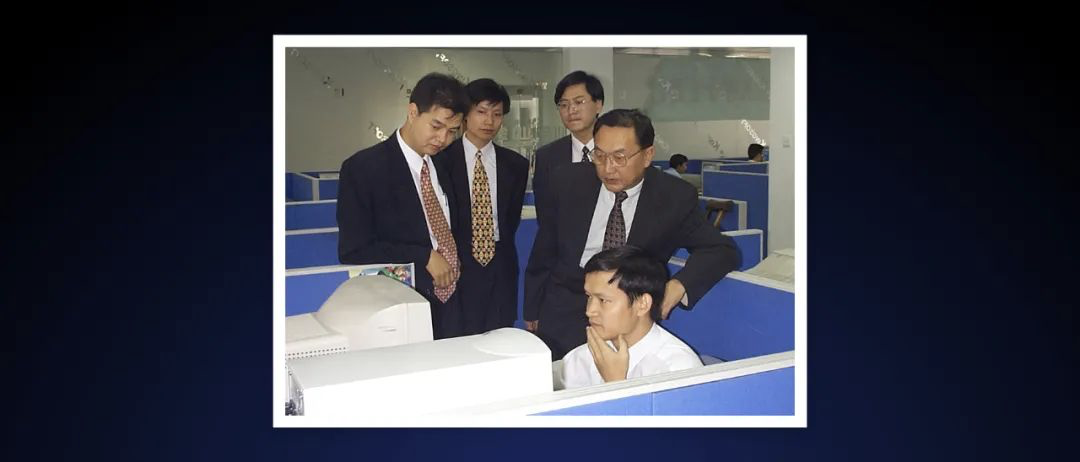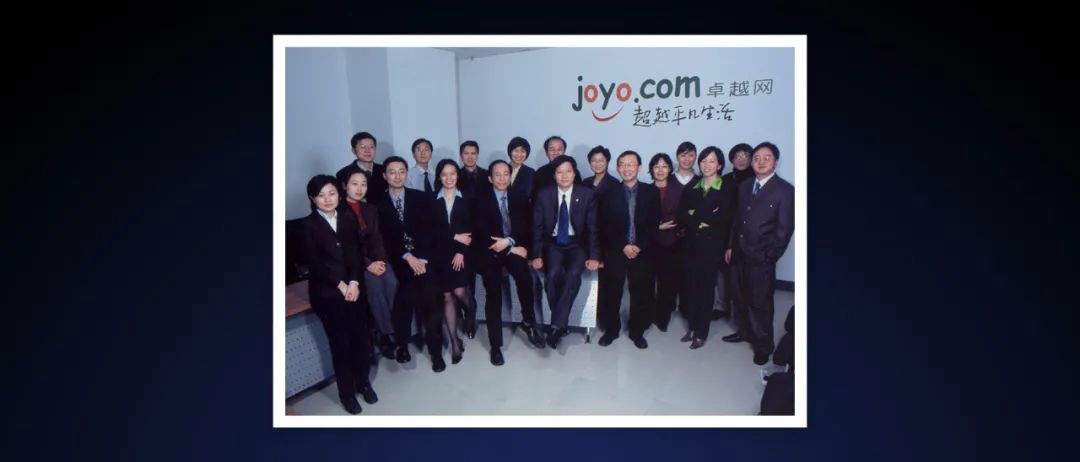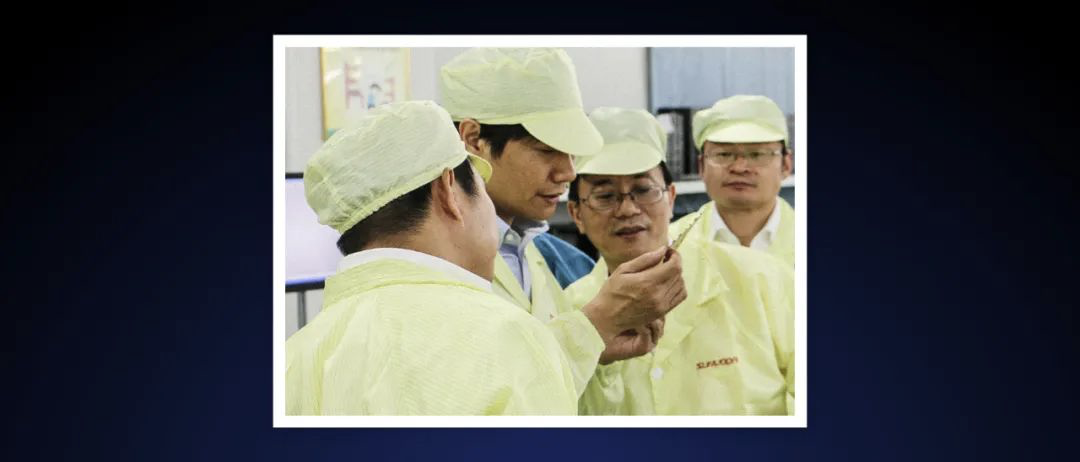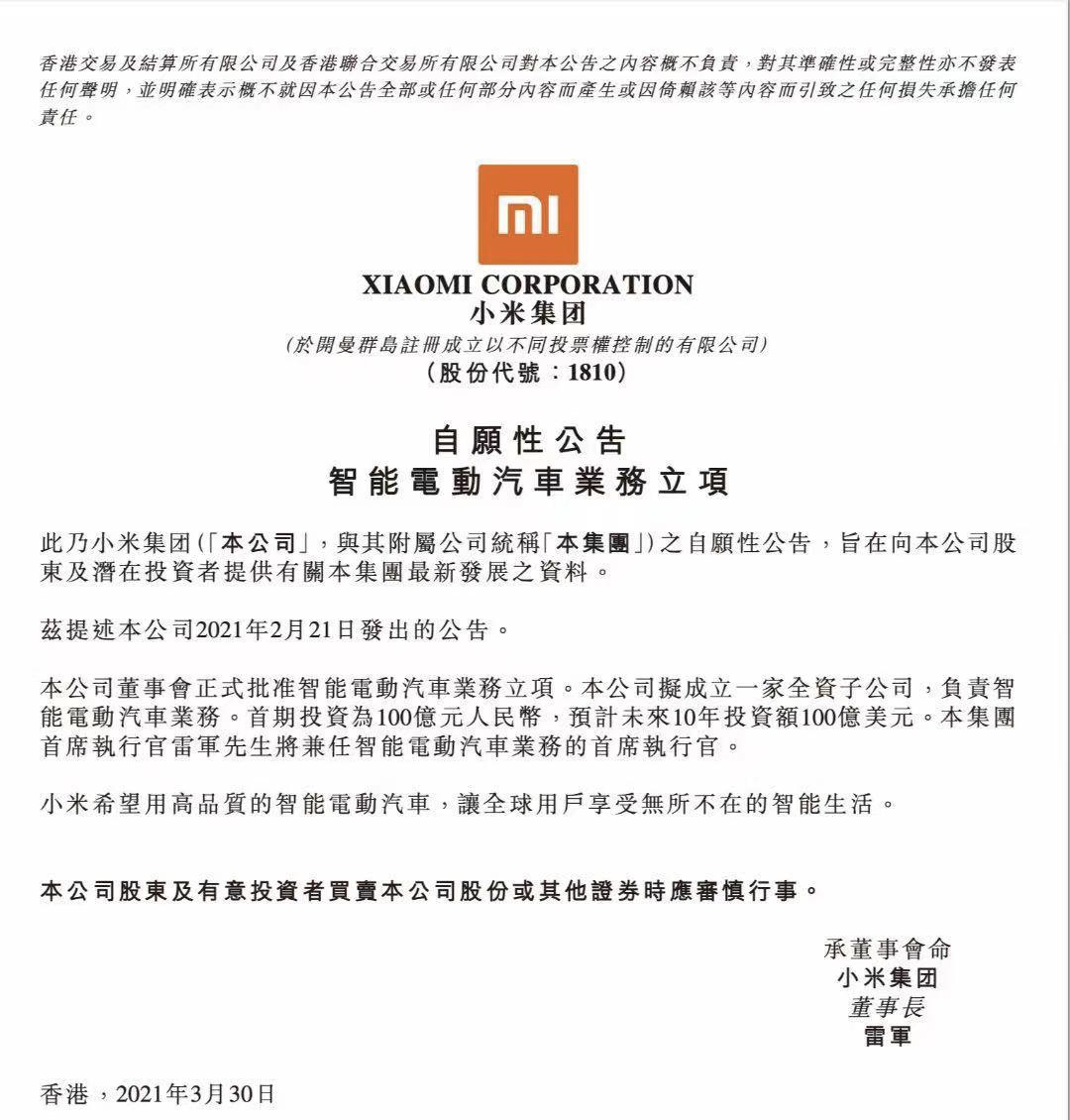10 billion in 10 years, can the Xiaomi car standing on the tuyere still fly this time?
Editor’s note: This article is from the micro-channel public number “Routing society” (ID: roadbook), Author: Zhang Zhuanyu.
The time that should come will come, and the reality is far better than the script.
Have not waited for the hustle and bustle of the media reports in February to dissipate, on the evening of March 30, at the finale time of the two consecutive days of Xiaomi 2021 “Endless” spring new product launch, Xiaomi founder Lei Jun brought you A heavy egg:
Xiaomi will officially enter the smart electric car market. 10 billion US dollars will be invested in the next 10 years, with an initial investment of 10 billion yuan. At the same time, Lei Jun also announced that he would personally lead the team to be responsible for the project and concurrently serve as the CEO of the smart electric vehicle business.
Despite the intensive news on the rim that night, there is no news that can match the penetrating power of the official Xiaomi car.
In just one day, articles and comments about Xiaomi’s car manufacturing have spread all over the Internet, even spreading to forums and WeChat Moments. Technology circles, automotive circles, and even ordinary users are vying to discuss the meaning of Xiaomi making cars.
Many people complained in Moments, “I felt wrong when Lei Jun didn’t finish the press conference at one time yesterday, but I didn’t expect it to be a car.”
More friends in the car circle are excited and excited, “Lei Jun officially announced the development of Xiaomi smart electric cars, and I am deeply moved!”
Perhaps, one word is most appropriate to describe how Xiaomi builds a car, and that is “what everyone expects.”
Previously, the news of Xiaomi making cars has not yet reached the dust. The routing agency put forward three conjectures of Xiaomi making cars in the article “The Triple Conjecture of Xiaomi Making Cars”, from the cross-border cooperation model, business imagination, and sales The model innovation tried to tap the motivation and future of Xiaomi’s car building.
Now, when Xiaomi built the car, the boots finally fell. We might as well look at the internal driving force and rationality of Xiaomi’s car from the perspective of people from the perspective of Mi Fan and Lei Jun.
Top1 rice noodle wish list
For a long time, Xiaomi has been ranked first on the Mi Fans wish list.
At the end of 2020, Xiaomi organized a New Year’s wishing event to help Mi Noodles realize their New Year’s wishes.
During the event, the dream of a rice noodle with the ID “Carrefour Pirate” was particularly eye-catching-traveling around China in an RV equipped with a full set of Xiaomi smart home products, and feeling what a “walking smart life” would be like?
In the end, Lei Jun promised to help him realize this dream.
Currently, the RV renovation is nearly complete. It’s just that no one would have thought that Xiaomi’s first car was actually a modified smart car, and it was even earlier than the establishment of the Xiaomi car project.
In addition, there is another example that can also illustrate Mi Fan’s loyalty to Xiaomi.
Before the Spring Festival, Xiaomi also organized a New Year’s Eve dinner with rice noodles. A rice noodle made a book of his shopping receipts on Xiaomi Mall and gave it to Lei Jun. According to incomplete statistics, he has bought Xiaomi products worth 350,000 yuan in the past six years, which is a hardcore rice noodle. He also said that as long as Xiaomi builds a car, he will definitely buy it!
Above, the real “desire” of rice noodles for Xiaomi cars has also verified the high stickiness and high loyalty of the rice noodle group.
In fact, whether it is a hardcore Mi Fan, users of digital products who have some knowledge of Xiaomi, or even users who have just purchased Xiaomi ecological products, they are full of expectations for Xiaomi’s cars.
For example, before the spring conference, Xiaomi’s official Weibo launched a survey on “Xiaomi launches smart electric cars, will you start?” So far, more than 17,000 people have participated in the event, among which nearly 90% of netizens support Xiaomi’s car making.
After Lei Jun announced the news of building the car, the live broadcast screen was full of barrage of “drying over Tesla”. There has never been a newly born Chinese car company, at the beginning of its birthJust bear so many user expectations.
In other words, the final landing of Xiaomi’s car is more like a collective carnival of Mi Fans and Xiaomi users.
Behind this carnival, of course, it also reveals the two realities of China’s new energy vehicle market and Xiaomi products.
First, at the market level, the expectations of Mi Fans and users for Xiaomi’s car manufacturing just show that there are still few new products on the market that can fully meet the needs of users.
Currently, the new energy vehicle market presents a “spindle-shaped” distribution of “two hots”. The best-selling models are the Tesla Model 3 and Wuling Hongguang MINI EV, occupying the high-end and low-end market segments, respectively, while the middle market is in a situation of relative shortage of products and insufficient matching of products with user needs. .
Perhaps, many people would not think that “not even airbags”, “very slow”, “at first thought it was the old man’s music” Wuling Hongguang MINI EV can challenge Tesla Model 3. In-depth observation of the emergence of this kind of space PK is not only the victory of circle marketing, but also the result of the full matching of user needs and products.
In contrast to Xiaomi’s car manufacturing, the user ecology is precisely Xiaomi’s “killer”. Therefore, Xiaomi’s future “new car products” can provide a “catharsis” export for the timely satisfaction of user needs and products.
Secondly, for Xiaomi itself, the decision to build a car reveals a certain lack of Xiaomi’s ecological closed-loop capability on the one hand, and on the other hand, it also provides a feasible way to make up for this lack.
“At present, the mobile Internet is frantically grabbing users’ time and rebuilding balance. The redistribution of user time means that the business model has begun to reshuffle.” Regarding Xiaomi’s choice to build cars, Runmi Consulting founder Liu Run said So judge. The most important time of a user’s day is spent on the three major aspects of home, work and commuting.
In other words, when smart homes, mobile phones, computers and other home appliances are taking over users’ time at home, work, and leisure. So who will preempt them when they go to and from get off workbetween? The answer is the Internet of Vehicles. How does the Internet of Vehicles reach users faster? So a car product is needed.
It can be seen that Xiaomi’s car manufacturing is also based on the picture, and continues to derive business feasibility along this business logic. The rice noodles with strong loyalty and users with their own stickiness also provide a natural and huge potential customer base for Xiaomi’s car manufacturing.
“Using high-quality smart electric vehicles to allow global users to enjoy ubiquitous smart life, this is the original intention of Xiaomi’s car building.” Lei Jun said at the press conference, “From personal devices to smart homes and smart offices, When it comes to smart travel, Xiaomi will use the power of technology to provide Mi Fan with an all-round and full-scenario smart life.”
According to this judgment, Xiaomi aims to create a user ecosystem integrating “smart cars + smart home + IoT”.
From another perspective, currently, the main traffic of the mobile Internet is divided by the top APP, which leads to the high customer acquisition cost of each company. At the same time, it has gradually formed its own “moat” and precipitated Quite a few hardcore users.
In fact, this situation is actually not friendly to users. One is that the migration of habits and data across platforms is more complicated, and the other is that the cost of learning and using the new platform is also higher.
Many people say that laziness is the real driving force for the progress of human society.
As a result, more users have begun to expect a “super platform” that can solve all the problems of food, clothing, housing and transportation, thereby minimizing worries. In the future, Mi Fan is expected to start with digital products and gradually form a path to migrate to the smart car platform and deepen platform trust.
However, this pathway still has a long way to go. After all, there is a big difference between electronic products and the bulk consumer goods market, and the decision-making and consumption concepts of users are also very different.
According to Tencent’s “Periscope” report, in the early years, Lei Jun invested in Weilai and introduced Xiaomi co-founder Li Wanqiang to Weilai founder Li Bin to share the operating experience of the Xiaomi community. Today, Weilai has become a benchmark for car company community operations, and has been studied and imitated by many peers. Xiaomi has begun to learn from Weilai in turn.
Perhaps, it is quite appropriate to use Lin Jie, vice president of Geely Automobile Group and general manager of the sales company, to sum up Lynk & Co’s successful experience-“The product is the ship, the marketing is the sail, and the user is the wind” to predict the future development of Xiaomi cars. . The only problem is that if the user is 1, how will Xiaomi build a car after the mobile phone and other services?Add more 0s to the surface?
In this regard, Lei Jun may have already had a plan in mind. Earlier, he said to He Xiaopeng, “How to achieve an artistic balance between hardware, software, and service is very important.”
Lei Jun’s “Car Dream”
Since the announcement to build the car, Lei Jun has another identity-the CEO of Xiaomi’s smart car brand.
Looking at the continuous evolution of Lei Jun’s career, it can be summed up in one sentence-a general manager who can’t write code, is not a good mobile phone company founder, or a good smart car brand CEO.
In fact, Lei Jun’s life has undergone three transformations.
The first time was in 1998, Qiu Bojun recommended Lei Jun as the general manager of Jinshan, thus completing the first professional role change in Lei Jun’s life.
The second time was in 2007. After Lei Jun left Jinshan, he became a full-time angel investor. His purpose was to solve the financing problem of entrepreneurs and avoid having to turn outstanding because of lack of financing like Lei Jun. Net sold to Amazon.
The third time, in 2016, when Xiaomi suffered setbacks and survived, Lei Jun had to personally take over the mobile phone department, and while studying as a hardware engineer, he led a lesson in manufacturing for Xiaomi.
It can be seen that from programmers to managers, from entrepreneurs to investors, from the Internet to hardware, every change in Lei Jun’s role is a huge renovation of his cognitive structure and life experience. This personality trait is a necessity for leaders who cross-border cars.
Take Weilai and Xiaopeng invested by Lei Jun as examples.
In the initial stage of its establishment, Weilai encountered issues such as delivery, quality, financing, and executive departure. At the end of 2019, it was on the verge of bankruptcy. In the end, Li Bin led Weilai with his perseverance to join the Hefei municipal government. Stepping out of the “darkest moment”; looking at Xiaopeng, who has been running in small steps all the way, although the development is smoother than that of Weilai, it will inevitably suffer many doubts and challenges until the strong rise of Xiaopeng P7 in the second half of 2020.
For any entrepreneur who intends to create a new smart car brand, it is a compulsory course to explore and make up for it. Lei Jun is no exception.
“Standing on the vent, pigs can fly.” Just like Lei Jun’s famous saying, every change of Lei Jun’s role undoubtedly stepped on the development trend of China’s Internet industry. Now, when the trend of smart cars comes again, it is not difficult to understand that Lei Jun personally led Xiaomi to devote himself to the car building business.
In fact, as early as 2013, Lei Jun visited Elon Musk twice, and then became the owner of Tesla. At the same time, he also began to pay attention to the electric vehicle industry. Since then, Lei Jun has successively invested in Weilai, Xiaopeng and dozens of smart car peripheral companies through Shunwei Capital and other channels, and initially invested in a travel ecosystem.
However, Lei Jun has undergone another transformation as to whether he really builds a car.
On January 15, 2021, Xiaomi’s board of directors requested Xiaomi’s management to study the electric vehicle industry seriously.
“To be honest, at the beginning, I was unwilling. The mobile phone business finally returned to the third place in the world. This battle hasn’t really been finished yet. Will car manufacturing be distracted?” Lei Jun recalled his psychological activities at that time.
Lei Jun said frankly that during that time, during the day, I would think of 10 reasons that I must do. At night, when I calm down, I can list 10 reasons that I can’t do.
In the past 75 days, Xiaomi management has experienced 85 industry visitsCommunication, in-depth exchanges with more than 200 automotive industry veterans, 4 internal management meetings, two formal board of directors, conducted extremely rigorous and detailed investigations and demonstrations, and finally made this most important decision in the history of Xiaomi —— Xiaomi officially entered the smart electric vehicle market.
After two and a half months of transformation and weighing, the 52-year-old Lei Jun choked up at the press conference, releasing the pressure and emotions that had been buried in his heart for a long time. Perhaps the choking was not entirely for release, perhaps he recalled again that morning on April 6, 2010, the eight co-founders of Xiaomi made a bowl of millet porridge together, the ambitious entrepreneurial passion.
To this day, among the 8 Xiaomi co-founders, Li Wanqiang, Zhou Guangping and Huang Jiangji have left Xiaomi. This time, Lei Jun will once again take the lead as the “leader brother”. Tuotu.
“This time, I will personally lead the team. This will be the last major entrepreneurial project in my life. I know very well what this decision means. Fight for cars!”
If Li Bin, who founded Weilai and Mobike, is the well-deserved “godfather of travel” in the mobile Internet era, then Lei Jun is not only an “evergreen tree” who has experienced every generation of the Chinese Internet and has always stood firm. It is also the funder behind many startups in the smart electric vehicle and travel industries.
Like Xiaomi’s brand new Logo, today’s Xiaomi is still the same, but the previous square edges and corners have been polished away. However, Lei Jun is still the same Lei Jun who made a car as his last venture in his life, and his courage and passion remain the same!
In the United States, Elon Musk, a technology madman, is embraced by many fans like the “teacher”. In China, Lei Jun is one of the big tech circles who compete with Musk in popularity and appeal.
Nowadays, when the industrial chain and consumer market of new energy vehicles are gradually taking shape, when traditional auto companies are transforming one after another, and cross-industry startups flock in, a new car-building movement around smart electric vehicles has also entered a new flight. Paragraph, kicked off a new prelude. In time, it is neither unexpected nor abrupt to stage a “Sword of Huashan” between Lei Jun, the “leading brother” in China, and the “teacher” Musk on the other side of the ocean.
It’s just that, before this martial arts conference is finally staged, Lei Jun still faces two real problems that need to be overcome.
First, to form the best technical team, this is the first problem to be solved in car building. Whether Xiaomi can quickly attract and gather a group of outstanding talents in the field of electric vehicles is a challenge and a risk.
Second, supply chain and inventory issues will be the biggest threshold.
In the smart phone market, even if the inventory of 1 million units may be completed in a few warehouses, in the automotive market, the order and inventory of only 200,000 vehicles is a big challenge. Cars and mobile phones are in terms of inventory and supply chain. The requirements are very different. How to quickly get through this chain and establish its own control and voice will determine the success or failure of Xiaomi’s car building.
Previously, Li Shufu, chairman of Geely Holding Group, once said with emotion, “This marathon (car building) has no end, only a beginning, no method, only direction. The auto industry is not the mobile phone industry, and the traditional car company is not Nokia.” /p>
Finally, Xiaomi announced that it would build a car, which also brought an ultimate torture by the way: in the future, who will control the ups and downs of the smart car industry?
“This industry is more fun. 2025 will enter the Warring States Period. Ten years later, the auto market will be dominated by Chinese brands. Let us wait and see.” Zhang Yong, President of Hezhong Automobile, commented on Xiaomi’s car making.
Zhang Yong’s comments and statements can roughly represent the status quo and general mentality of a kind of industry transformation: becoming more fun is the excitement of entrepreneurs soaring, and how to play this entrepreneurial game well, then It is to test the strong heart of entrepreneurs even more.
